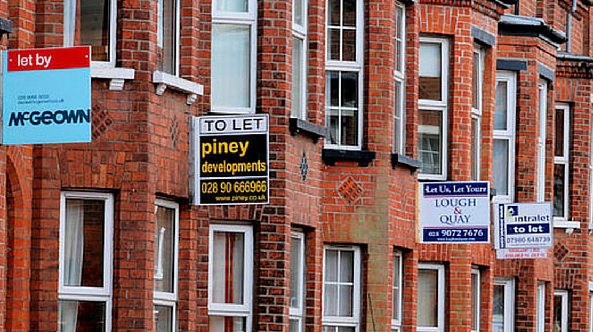The number of renting households has soared over the past decade, and there’s a trend towards long-term renting spurred on by the rise of build-to-rent.
New research indicates that the number of rental homes in the UK now sits at around 10.5 million, making up 35.7% of the UK’s 29.5 million dwellings. This means there are around 1.1 million more rental properties now than there were 10 years ago.
The data compiled by rental platform Ocasa Homes highlights the fact that this 1.5% increase in market share of the rental sector brings the UK into the top 10 countries in the world in terms of the ratio of homeowners to renters.
Separate research supports the rising trend towards renting, with people getting onto the property ladder later than ever in life. As a result, many tenants increasingly see their rental property as home, and long-term renting is becoming preferable.
How other countries do it
Spiralling house prices have undoubtedly made becoming a homeowner more difficult, with affordability stretched for many prospective buyers. This accounts for some of the increase in people living with parents for longer, or renting much later in life.
However, the reality of renting has also changed. There’s more regulation and accountability than ever in the market, which has forced the sector to improve. Tenants now expect more than ever from their rental homes, including the option of long-term renting in many cases.
The goal of homeownership is not as strong in many other countries, as Ocasa’s research points out. In Switzerland, the rental sector accounts for 57.7% of the overall property market, making renting the norm and not just something done by young people before buying a property.
In Hong Kong, where property is extremely expensive in comparison to wages, 50.2% of the housing market is made up of rental homes. Germany follows closely behind with a 49.6% share of rental properties.
Austria, Turkey, South Korea, Denmark, Japan and France all have larger rental sectors than the UK, with long-term renting much more commonplace.
Why long-term renting could be good for landlords
One of the biggest and most obvious bonuses for landlords whose tenants stay put for a long time is the reduction in void periods. When a property sits empty, it isn’t producing an income, and there is also the hassle and cost of finding and vetting new tenants.
Another key benefit is the relationship formed between the landlord and the tenant over time. This provides familiarity and a mutual understanding of what is expected from each party.
Avoiding undesirable tenants is one of the biggest goals of most landlords, so having people long-term renting your property is a good way of avoiding that. They are also arguably more likely to look after the property as they see it as their home.
On the down-side, having conversations about increasing rent can be awkward, but is inevitable if tenants stay for a long time. Also, if the property is in need of redecoration after a few years, it is easier to do this when no one is living there.
Generational change
As Jack Godby, head of sales and marketing at Ocasa, points out, there’s much more to the shift in lifestyles than an inability to get onto the property ladder.
“Not only has the high cost of homeownership forced many to remain within the rental sector until far later in life, but we’re starting to see a generational change whereby the freedom and convenience that renting provides is becoming the preferred method of living for many,” he says.
“You need only look at the changing face of the property market for proof of this shift, with the rental sector increasing at a greater rate when compared to other dwelling types over the last decade.
“We’ve also seen a clear acceptance of this trend from the industry itself, with the emergence of the build-to-rent sector focusing solely on the delivery of better rental homes for tenants to occupy on a far longer-term basis.
“This is a change that is only going to grow more prominent in the future and we expect renting to become the norm for many more people until far later in life than we’ve traditionally seen in the UK.”










